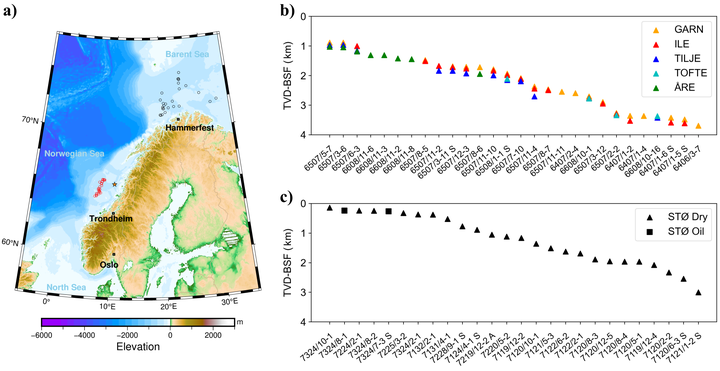Understanding the synergistic impact of stress release and cementation on sandstone using sound waves - implications for exhumation estimation

Abstract
we perform integrated rock physics modeling using the model developed in Chapter 2 guided by predefined burial history to simulate the effect of stress release and cementation on the velocity and porosity of rocks during burial and uplift. Based on the different stress sensitivities of velocity and porosity to stress release, we propose porosity inconsistency as a measure of how much the rock has been affected by stress release-induced weakening. We discover that the disparity between porosity sensitivity and velocity sensitivity to stress release can be leveraged to derive a metric porosity inconsistency which can serve as both a qualitative and quantitative measure for identifying and evaluating stress release in sandstone using geophysical field measurements. We create an extensive well log database which consists of clean sandstone data from the Norwegian Sea normally buried and uplifted areas and the Barents Sea uplifted areas. We show for the first-time using field data that the exhumation estimation using velocity depths trend yield underestimated magnitude compared to estimated using density porosity depth trend. The porosity inconsistency indicates the degree of underestimation and it is correlated with the amount of exhumation. Field data observations are aligned with the conceptual rock physics modeling. The findings in this work will contribute to the improved understanding of interactions between exhumation, cementation, and velocity of rocks.